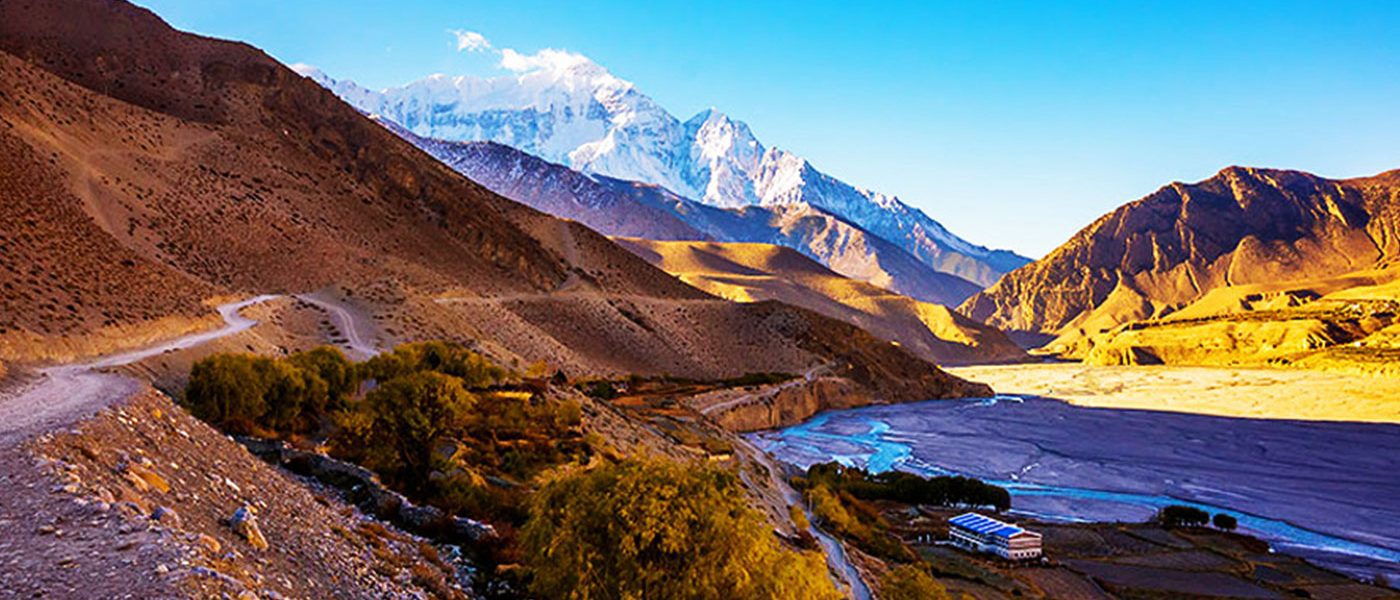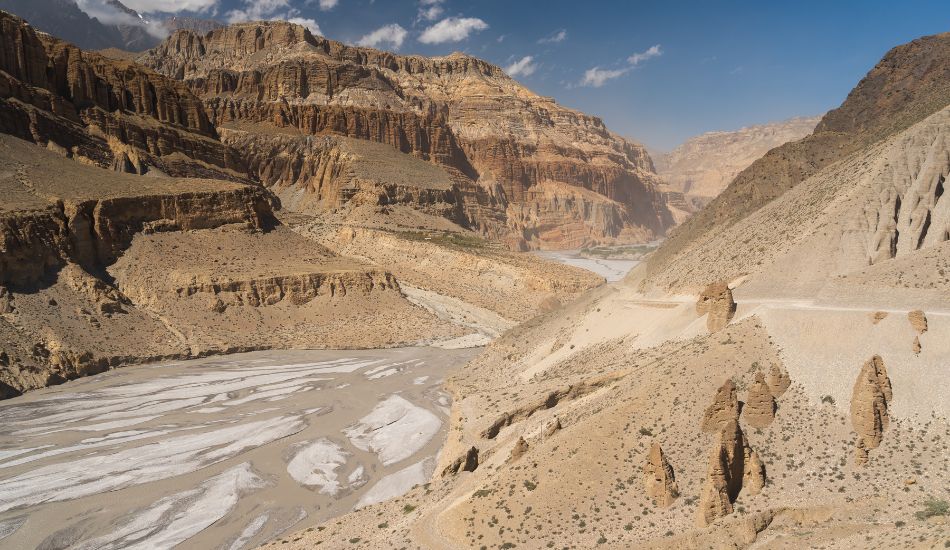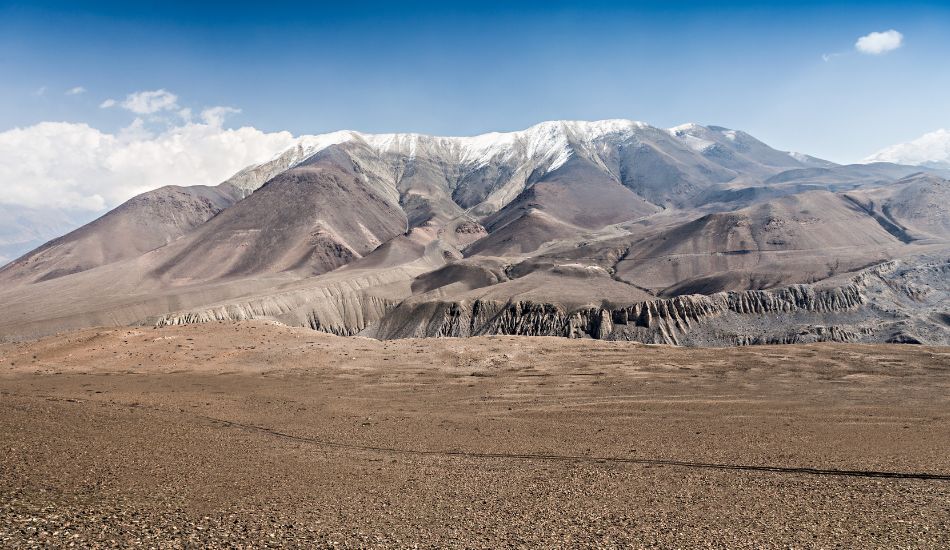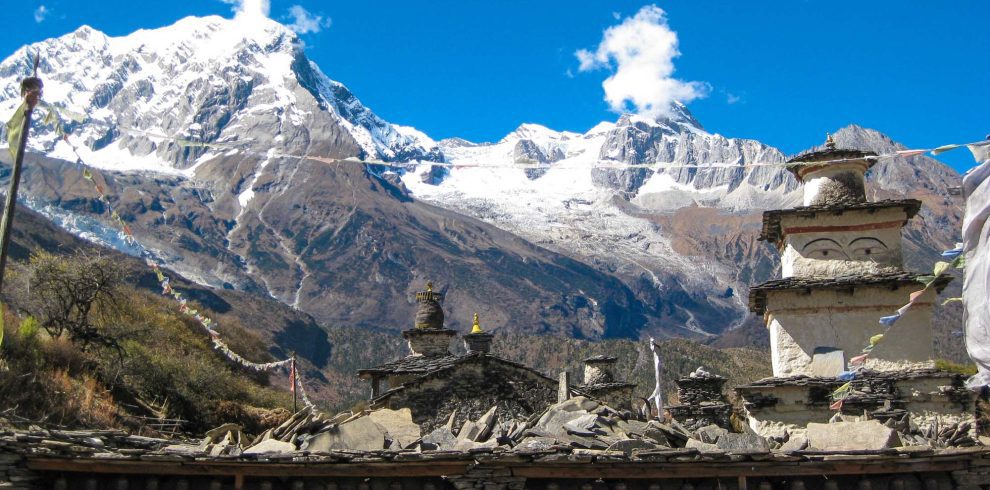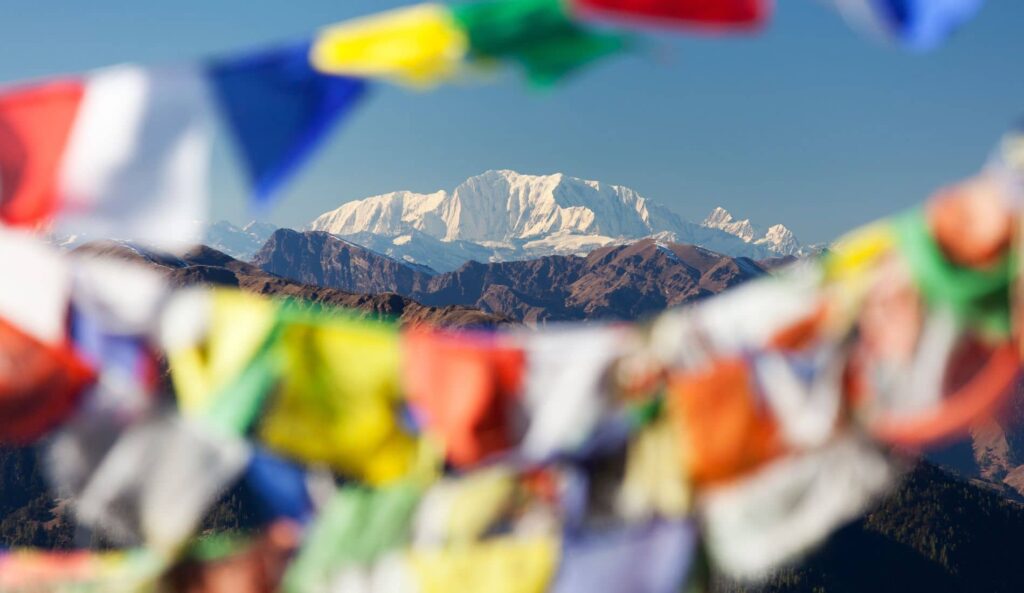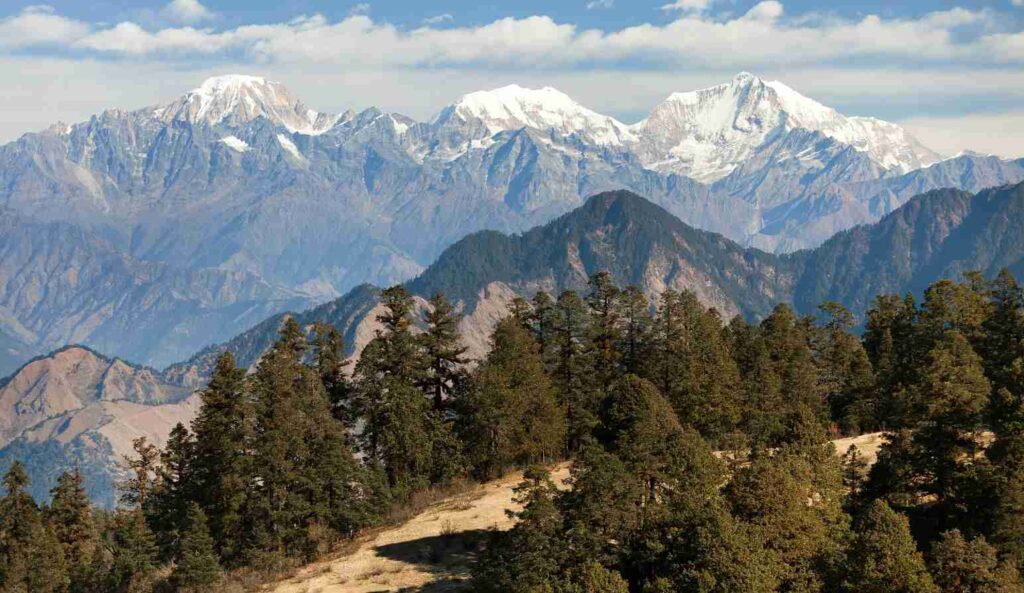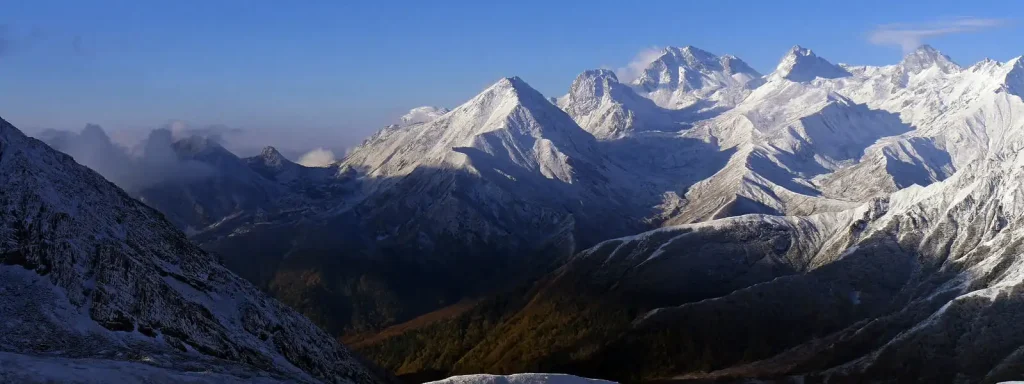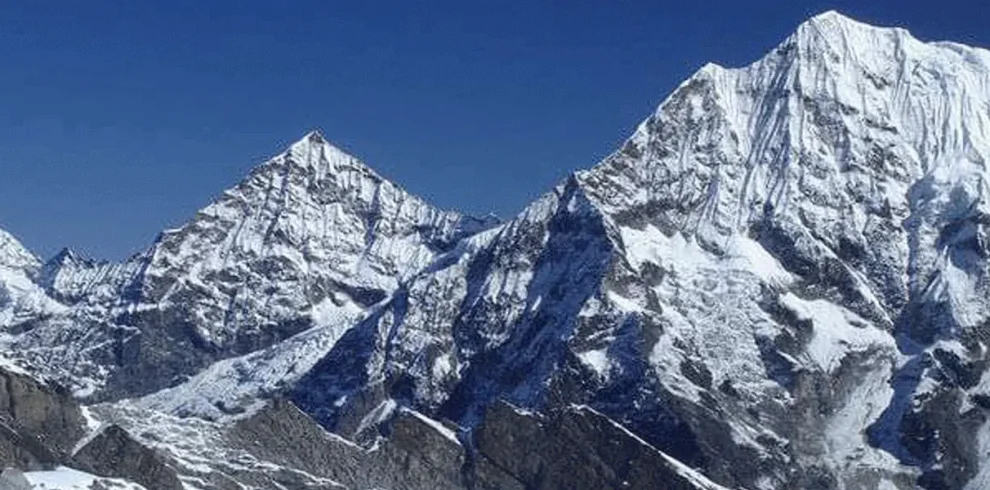-
Hotel & Guesthouse
-
English
-
March to May & Sep to Dec
-
4010 M
-
Kathmandu
-
Eco-Tour, Hiking, Trekking
-
2-20
Upper Mustang Trek Highlight
- Discover the ancient Tibetan Buddhist culture in the hidden kingdom of Lo Mustang, with its centuries-old monasteries, chortens, and traditional villages.
- Trek through the unique terrain of the Mustang region, characterized by red and orange cliffs, deep gorges, and the barren yet striking Tibetan Plateau.
- Visit the walled city of Lo Manthang, a cultural and historical gem, where time seems to stand still.
- : Reach altitudes up to 4,200 meters, with stunning views from Mustang La and other high passes, offering a thrilling experience for both beginners and seasoned trekkers.
- Enjoy the trek during the mild and dry spring and autumn seasons, with clear skies and comfortable temperatures ideal for trekking.
- Stay in traditional tea houses or luxury lodges, with meals featuring hearty local dishes like Dal Bhat and fresh vegetables.
Upper Mustang Trek Overview
The Upper Mustang Trek is like stepping into a hidden world, where ancient Tibetan culture and stunning landscapes meet. Nestled in a restricted region of Nepal, this trek is a journey through the remote, culturally rich area of Upper Mustang. Imagine walking through the ancient kingdom of Lo Mustang, surrounded by breathtaking Himalayan views and the unique charm of Tibetan Buddhist culture. As you explore traditional villages and ancient monasteries, you’ll feel like you’re in a world frozen in time.
Best Seasons to Visit
If you’re planning your adventure, the best time to go is during spring or autumn. The weather is just right—mild and dry, with clear skies and comfortable temperatures, especially in early spring and late autumn.
Trek Route and Duration
The journey typically starts in Pokhara, with treks ranging from 15 to 17 days, depending on your fitness level. The official trek kicks off in Jomsom or Kagbeni, which you can reach by a short flight from Pokhara to Jomsom. Most trekkers follow the Kali Gandaki River, leading you through some of the most stunning scenery, including the walled city of Lo Manthang, the ancient Tsarang Monastery, and the dramatic Mustang desert. Whether you’re a seasoned trekker or a beginner, the Upper Mustang Trek offers something for everyone.
Altitude and Terrain
The highest point of this trek is at Mustang La, sitting at an impressive 5,643 meters. Most of the trek takes place above 3,000 meters, with the starting point in Jomsom already at 2,743 meters. You’ll trek through elevations ranging from 3,500 to 3,800 meters, with passes like Chogo La and Yara La taking you above 4,000 meters. Because of the high altitude, this trek requires extra strength, caution, and preparation.
Why Is Upper Mustang Famous?
Upper Mustang is renowned for its rich cultural heritage and striking natural beauty. Once part of the ancient Kingdom of Lo, the region retains much of its Tibetan Buddhist culture. You’ll see it in the monasteries, chortens, and prayer flags scattered across the landscape. The area’s isolation has helped preserve its traditional way of life, with many residents still following ancient customs. Plus, the unique geography—marked by red and orange cliffs, deep gorges, and the barren Tibetan Plateau—makes Upper Mustang one of the most unique trekking destinations in Nepal.
Permits and Preparation
To trek in Upper Mustang, you’ll need a few permits:
- Restricted Area Permit (RAP): Mandatory for all foreign trekkers.
- Annapurna Conservation Area Permit (ACAP): Required for entering the Annapurna region.
- Trekkers’ Information Management System (TIMS) Card: Essential for safety and trekking management.
Permits can be obtained in Kathmandu or online before your trip. When packing, remember that the high altitudes require warm clothing, sturdy hiking boots, and essential trekking gear. Whether you choose a guided trek for support and cultural insights or plan independently for flexibility, being well-prepared is key.
Challenges of the Upper Mustang Trek
The Upper Mustang Trek is moderate but comes with its challenges. The biggest one is the altitude. As you climb up to 4,200 meters (13,780 feet), the air gets thinner, making altitude sickness a real concern. That’s why proper acclimatization is crucial—take your time and let your body adjust. The terrain is rugged, with rocky paths and steep ascents and descents that can be tough on your knees.
The region’s climate also adds to the difficulty. Upper Mustang lies in the rain shadow of the Himalayas, making it dry and dusty, with little vegetation. The sun can be intense, and strong winds, especially in the Kali Gandaki Valley, can be relentless. However, with good preparation, including the right gear and plenty of water, these challenges make the trek even more rewarding. The stunning views and rich cultural experiences are well worth the effort.
Routes and Terrain of Mustang Trek
There are different routes to explore Upper Mustang, with the classical routes being safer than the more challenging options like Chogo La Pass and the Tsum Valley. The trek involves a mix of ascents and descents, high passes, and diverse terrain. Depending on the season, you might encounter rocky paths, dust, and even snow, all of which can impact your trekking experience.
Costs of the Upper Mustang Trek
The cost of the Upper Mustang Trek offered by Tidy Himalaya starts from $2,350/ Adult for a 17-day trek, which is considerably more affordable than other travel agencies. We also offer customization options and group discounts.
Here’s a breakdown of the costs involved in the Upper Mustang Trek:
- Mustang Restricted Area Permit (RAP): Around USD 500 for the first 10 days, with an additional USD 50 per person per extra day.
- Annapurna Conservation Area Permit (ACAP): Approximately USD 30 per person for adults and USD 10 for children under 12.
- Trekking Guide: Not mandatory, but highly recommended. Expect to pay around USD 25-40 per day, covering their food, accommodations, and salary.
- Porters: Optional but helpful, especially for carrying heavy bags. Daily rates are similar to guides, around USD 20-30, including their expenses.
Accommodation and Food in Upper Mustang Trek
During the trek, tea houses are the primary accommodation option. The cost varies depending on location, facilities, and the season, typically ranging from USD 10-20 per night. If you prefer more comfort, luxury lodges are available but at a higher price.
Meals are usually included in your guide or teahouse stay. Expect basic but filling meals like Dal Bhat (lentil soup and rice), vegetables, and occasionally meat. Snacks and bottled water are extra. And don’t forget to tip your guide and porter—10-15% of their wages is a good starting point.
Final Thoughts
The Upper Mustang Trek is more than just a trek; it’s an adventure into a world that few get to experience. It’s challenging but deeply rewarding, offering a unique glimpse into a region rich in culture and natural beauty. Whether it’s the landscapes, the culture, or the thrill of adventure that draws you in, this trek will leave you with memories that last a lifetime.
If our Upper Mustang Trek itinerary isn’t quite right for you, let us craft a custom plan that matches your unique preferences. Contact us today to design your perfect trek and start your unforgettable journey in Nepal.
Traveler Reviews
These genuine and honest reviews are provided by travelers who have previously journeyed with Tidy Himalaya and its team. The testimonials and firsthand experiences showcased here are sourced from well-known travel platforms such as TripAdvisor, Google, Facebook, and Trust Pilot etc.

